#hollywood magazine
Text

Hollywood Magazine, August 1935.
#merle oberon#1930s#hollywood magazine#old hollywood#old movies#old magazines#gertrude stein#old movie stars
93 notes
·
View notes
Text

17 notes
·
View notes
Text


Hollywood Magazine, April 1940: How To Be An Easter Egg by Kay Proctor
Women’s dresses are influenced by the movies. Mischa Auer thinks it is a crime and a shame that his clothes can’t be influenced, too.
Transcript of article:
“Are we men or are we sheep?” Mischa Auer roared in violent anger. “That’s what I want to know!”
“Bah, bah black sheep, have you any wool? Yessir, yessir, three bags full.” said Master Tony, aged five.
“Sheep, dear,” said Norma, his wife, in the placating tone frequently heard in our best asylums. “I thought we had settled that.”
“Da!” he spat out. Da, I gathered, is Russian for yes, okay, or you’re damned tootin’. “Sheep! Bah!”
“Tony, dear, I think you had better run upstairs and play with your nice new toys,” Norma interrupted the recitation. “Your father is in no mood for poetry today.” Tony took one look at father glaring at the brightly burning logs in the fireplace and beat a retreat.
“Sheep!” Father hissed again after a moody silence. “Da, sheep!”
“I wouldn’t want to intrude on anything personal, of course,” I said pleasantly, “but what’s this all about?”
“Men’s fashions,” Norma said, as if that made everything entirely clear. “In a way, I suppose, you might say the whole thing started yesterday when I brought my new Easter outfit home. It’s a lamb of a creation in teal blue and dusty pink with a lot of Scarlett O’Hara touches. You know, the Gone With the Wind influence which is so good this spring.”
“Perhaps,” he said darkly. “Who knows? A man must do his duty as he sees it.”
I know there are times when I’m slow on the up-take but for the life of me I couldn’t see what that had to do with men’s fashions and Mischa’s bitter denunciation of his fellow men as sheep. However, I rarely hesitate to ask about things I don’t understand, so I asked for a diagram. Norma hummed and hawed for a few moments.
“Why beat around the bush?” Mischa demanded. “The plain truth is, I’m jealous! I, too, want to strut in Easter finery. I, too, want to be influenced by the movies! But alas, like other men, I have sold my soul sartorial slavery. Bond Street speaks, and, like dogs under a whip, we cower and submit to its dictates. But mark you this: a revolution is coming. Some day we shall be free!”
Perhaps, I suggested, he would be the enlightened Moses who would lead men to new tailored glory?
In case he is called to head the crusade, Mischa has his slogan on file in the Copyright Bureau. Three little words, he said, tell the whole story. Nature Knows Best!
“Modern manhood has been flying in the face of it,” he contended. “Which birds have the more brilliant plumage? The males. Which animals wear the brightest coats? The males. Which fish have the finest scales? The males. Why, then, should the genus homo accept less? The answer is tyranny. From the day he is pinned into his first diaper until finally somebody wraps him up in a shroud, man wears exactly what somebody tells him to wear, no more, no less. Who tells him? First his mother, then his father, and then his tailor. Who tells the tailor? More tailors!”
Take the matter of color, for instance. Day after day a man uncomplainingly permits his very soul to be smothered in dull browns, drab grays, dark blues and depressing black, Mischa said, when every instinct in him cries out for good strong stuff like purple or red. Why? Because he’s a sheep, that’s why. Because the tailor rolls out a few bolts of brown, gray, blue or black and says “What’ll it be?” Because he knows darned well they’d lock him up in a booby hatch if he showed up home in a nifty double-breasted number in lipstick red.
“Comes the revolution and all that will be changed,” Mischa promised. “Man for the first time will be allowed to express the beautiful things within him. Man will be an individual, not a carbon copy of every other dope on the street.”
He has given color considerable thought, Mischa said, even going so far as to work out a color chart as a guide to moods and emotions. Mauve, for example, is an excellent stimulant when you feel a binge coming on. Red is suggested for the jealous mood; green when you feel a touch of the dastard in your heart; yellow when you’re chipper; blue when the world looks sour; purple when a mother-in-law is due; dubonnet when you’re set for a quiet evening at home; ashes of roses when the outlook is pensive; and spotless white when the world’s your oyster.
“Black has its place in my scheme,” he went on. “I advise it for breakfast wear, since the breakfast hour is a horrible one at best. Shell pink, I think, does a lot for you when you are christening your children. And for the ballet, nothing can approach the oomph lift of a silver lame! Personally, I favor it made up in a Prince Albert model; you can use so much more of it!”
Comes the revolution and the ungainly and uncomfortable lines of men’s fashions will be changed, too, Mischa vowed. There will be no more of this carrying two pounds of padding on each shoulder in emulation of football giants. Stiff collars designed to choke and chafe will be outlawed entirely. The 18-pocket-in-a-suit routine, which turns a man into a gibbering beast every time he tries to find a theatre ticket or a parking check, will be a thing of the past. Ditto for tight fitting pants which must be pressed every time they get comfortable, matching vests which can never be found, and coats which look like the devil when they are not buttoned and feel like the devil when they are. Amen, brother!
As a matter of fact, Mischa already has done some advance work on the campaign. All his trousers have but two pockets instead of the conventional five. His tailor has ten fits every time he whips up a new Auer suit, and mutters naughty things behind the Auer back; but, by the great hornspoon, he leaves off the watch and two back pockets!
“It was a great fight!” Mischa chortled, “I wore him down with sheer logic. As I pointed out, why should I have a watch pocket when I wear a wrist watch? Why should I have back pockets when I never carry a wallet and use my breast pocket handkerchief as a blower as well as a show-er?”
With the dawning of the Auer Age in men’s fashions you’ll see some nifty innovations along the fabric line, Mischa promised. And high time! Too long, he said, have men been slaves to the deadly monotony of wool which scratches, is too hot, and stinks when it burns or gets wet; and to linen which gets messy when you take forty winks on a handy couch. Soon, he hopes, you’ll find them strutting in silk, satin, velvet and brocaded glory as befits their tender sensibilities. Soon, too, they’ll shatter the monopoly women have been exercising in use of fur and will boast topcoats, sport jackets, and evening capes in silver fox, beaver, mink, sable and ermine according to the good or bad news of the balance on the hand at the bank.
What men’s fashions today lack most seriously, however, are the gay touches known as the movie influence, Mischa said. That is what he really covets and that is the ultimate goal of the revolutionary 24-Auer-Plan for the modern male and his clothes.
“Imagine the pure joy and lofty inspiration a gent could get each day by trailing to the shower in a bathrobe of Alice blue velvet lined with virgin ermine!” he glowed. “Imagine the infinite delight one could achieve by sending his agent a military cape made up in skunk!”
Da, I had to admit, he had something there.
“Women got their wimples from Robin Hood and their snoods from The Old Maid,” he pointed out. “They got their full-skirted evening dresses from the Ginger Rogers dancing epics and their Letty Lynton frocks from the Joan Crawford picture of the same name. They got their boas from The Blue Angel and their bustles from Alexander Graham Bell. They got their toga capes from Cafe Metropole and their visor hats from Beau Geste. Garbo was responsible for the pillbox hat in The Painted Veil and the basque bodice came from Little Women.”
Why, then, shouldn’t men filch a sartorial tip or two from the movies? he asked. Turn-about always has been considered cricket. Even forgetting the fashion slant on the thing, the practical side of it commands respect, he insisted.
“Take pants, for example.” he suggested cheerily, “there is magnificent opportunity for movie influence in that most essential of male garments. Since Gone With The Wind currently is high fashion in pictures, the first trouser trend might be taken from the Gable pantaloons. A distinct advantage would accrue from an adaption of the narrow band which slipped under the instep and held the trouser legs snugly over the ankles. In the first place, it would eliminate the use of garters, thus cutting down on wardrobe expense. In the second place, one could wear mismatched sox in perfect confidence that the social faux pas would go entirely undetected. Bing Crosby, for one, would find this a tremendous boon. And finally, it discourages the vulgar habit of removing the shoes in public since the pants, perforce, must come off first. Most men, you will admit, would be reluctant to go that far.”
Elizabeth and Essex gave him another idea along the pants line- the substitution of tights for trousers.
“Think of the savings it would mean in cleaning and pressing bills!” he enthused. “All the well-groomed gentlemen would have to do would be to rinse them out lightly every night and hang them to dry alongside of his wife’s silk hose in the bathroom. That’s a cosy, home-y touch in itself.
“Think of the advantages tights would have on the golf course! Supposing your ball lands in a tree? If you were wearing a snappy form-fit number you could shinny up the branches, retrieve the spheroid, and slide back to terra firm quicker than scat and with considerable grace and ease. Supposing you found yourself in the rough? If you were wearing the latest in knits you could blend yourself with the landscape and thus get away nicely with the furtive little lick which would give your ball a much better lie. And think how your opponent could be thrown off his game if you happened to have knobby knees or bow-legs! But magnificently!”
Finally, Mischa said, it really would mean something when someone spoke of you as a “fine figure of a man.”
“Too long have the weak brothers among us been permitted to cloak their inadequate shanks beneath a few miserable yards of worsted,” he complained. “Tights would put an end to that! Tights would establish a man beyond any doubt as Grade A, fair to middlin’ or just plain counterfeit.”
Although he admits a few hidebound males might consider it a bit on the flashy side, Mischa said he had figured out the perfect costume for hot weather wear, particularly in non-airconditioned offices. In a way it is his masterpiece because it combines four separate and distinct movie influences. First comes the pith helmet (The Sun Never Sets); next the loose-sleeved, open-throat silk blouse (Anthony Adverse); after that a cotton loin cloth (Tarzan); and finally, open-toed grass sandals (Gunga Din).
Male headgear especially needs the revitalizing touch of the movie influence, Mischa continued. The way things are now, a man’s hat has about as much individuality as a guinea pig in a research laboratory. In proof, watch a man pick up his hat in a restaurant or any other public place. He has to look in the band for his initials before he’s sure it belongs to him! If he breaks away from the conventional block of felt with a dented crown, he’s courting trouble. Berets brand him a sissy, caps make him look silly, and silk hats always fall off when he’s getting out of a cab, completely ruining whatever poise or dignity he may have.
“I’d like to see something done with turbans,” he said. “Glamour boys could copy the snazzy numbers Ty Power wore in The Rains Came while less exalted gents could get along with the simpler models from Suez. Aside from providing a handy cache for nimble shoplifters, turbans would prove a godsend to those rugged individualists who resent the custom of removing hats in elevators or tipping them to ladies on the street.”
By far the greatest advantage turbans offer, exclusive, of course, of the dazzling fashion opportunities in color, materials, and jewels, is the abolition of the checking menace and a resultant saving of some $1000 per turban. Mathematics, Mischa claims, prove it. To illustrate: the average man checks the average hat three times a day to the tune of $.75. (Checking. $.10; tip, $.15) Multiply 75 by 365 days per year and you have $273.75. Multiply that by 3 years (the average life of a hat) and you get $821.25. Add the normal expectancy in the way of cleaning, blocking and new ribbons and there you are- a neat $1000. Since turbans never are removed except at bedtime and in the bath, all the checking expenses automatically are eliminated.
The postillion influence from Swiss Family Robinson undoubtedly would prove popular with fashion-conscious gentlemen under 6ft., Mischa continued, since postillion bonnets create the illusion of height. Gay plumes from Flash Gordon would add excitement to the chapeaux for gala occasions and also would prove useful for dusting off the car after a rain.
He also saw great possibilities for an adaption of the iron topper from The Tower of London, he added. Such a hat never would require cleaning or blocking. Its color could be changed to harmonize with different outfits by the simple expedient of painting it with finger nail polish. And finally, its value upon returning home late on a lodge night is too clear to need further explanation.
“Ah, yes,” he sighed, “some day men will cast off their haberdashery shackles and be free! Some day their fashions, too, will be influenced by the movies! I can hear the radio announcer describing the Easter parade of tomorrow. There’s Clark Gable in a Marie Antoinette creation in champagne flat crepe with sophisticated highlights of gold thread. Here comes Errol Flynn in a crushed raspberry duvetyn piped Capistrano blue; with it he is wearing an Intermezzo tam with a Baby Sandy safety pin in rhine- stones and rubies. There’s Bob Taylor in a chic Algiers cardigan in the new golden green with a daffodil blouse in pin-tucked batiste. And here’s everybody’s favorite, Mischa Auer, with his wife Norma. She’s wearing a Gone With The Wind in teal blue and he is the essence of high fashion in a House of Seven Gables casual in infra-red.”
I said that I, for one, could hardly wait! All this and heaven too when comes the revolution?
“Da!” he said happily.
7 notes
·
View notes
Photo

Marilyn Monroe
Edward Clark, Life, August 8, 1950
#marilyn monroe#1950s#1950s fashion#reading#life magazine#old hollywood#hollywood#50s#50s fashion#edward clark#vintage fashion#vintage#griffith park#los angeles#old los angeles#black and white#photography#photo restoration
2K notes
·
View notes
Text


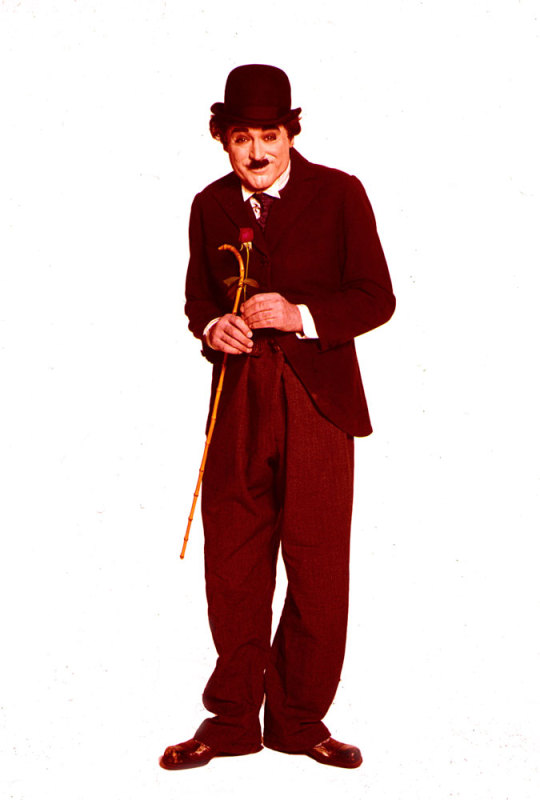
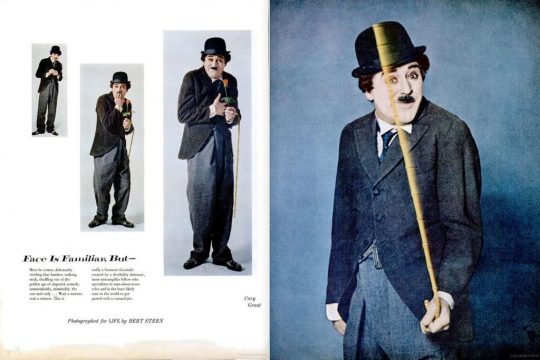
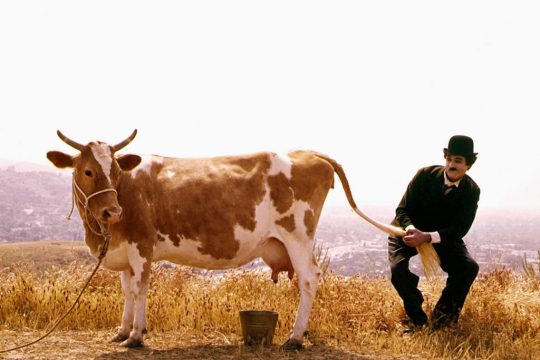


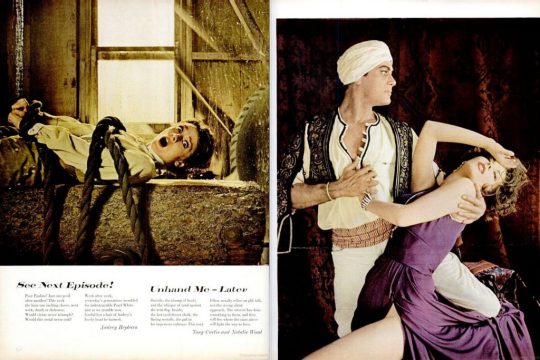
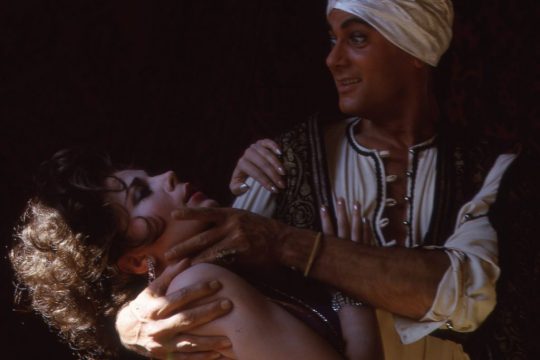
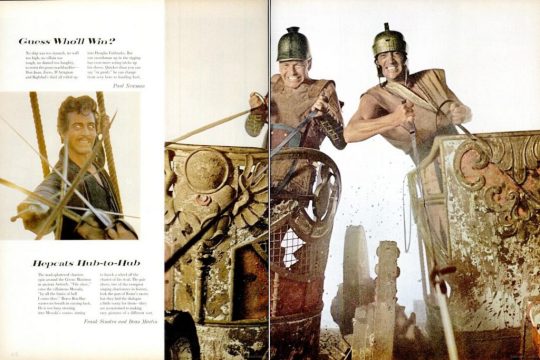


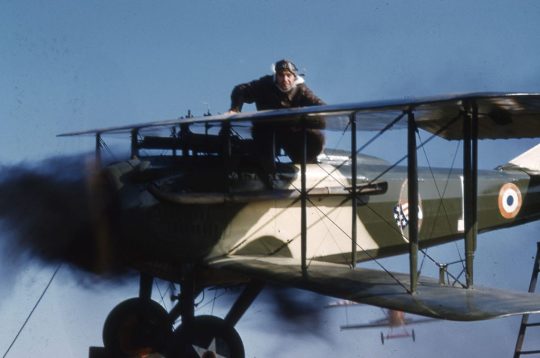
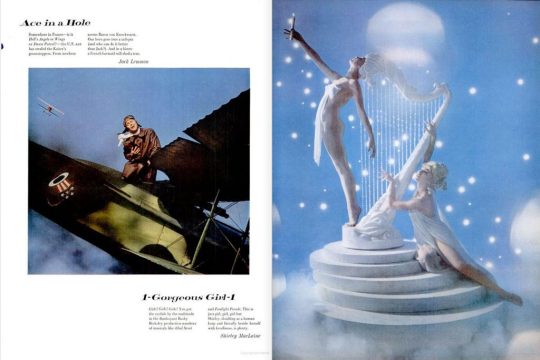



In 1963 photographer Bert Stern photographed some of the top actors/actresses at the height of their fame playing their dream roles for a photo series in LIFE magazine's December 20, 1963 issue.
Cary Grant as Charlie Chaplin's Tramp / Audrey Hepburn as Pearl White in 'Perils of Pauline' / Tony Curtis & Natalie Wood as Rudolph Valentino and Vilma Bánky in 'The Sheik' / Paul Newman as a Douglas Fairbanks Sr. swashbuckler / Frank Sinatra & Dean Martin as Judah Ben-Hur and Messala from 'Ben-Hur' / Bing Crosby & Bob Hope as 1930s gangsters / Jack Lemmon as a war pilot / Shirley MacLaine as one of Busby Berkeley's showgirls / Rock Hudson as Dr. Jekyll and Mr. Hyde.
#cary grant#audrey hepburn#tony curtis#natalie wood#paul newman#frank sinatra#dean martin#bing crosby#bob hope#jack lemmon#shirley maclaine#rock hudson#bert stern#life magazine#old hollywood
780 notes
·
View notes
Text
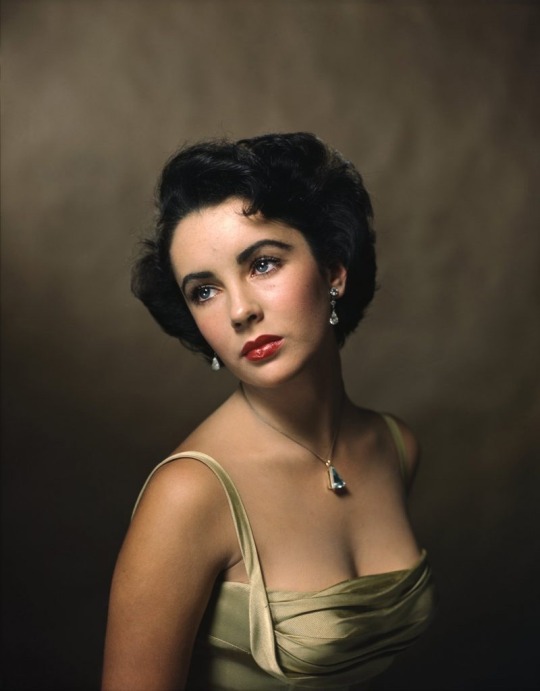

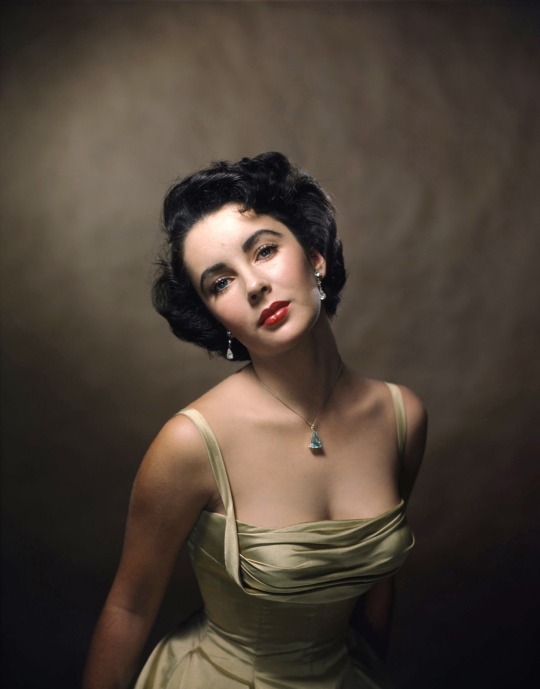
Birthday remembrance - Dame Elizabeth Taylor
Photographed by Philippe Halsman for LIFE Magazine in October 1948.
726 notes
·
View notes
Text
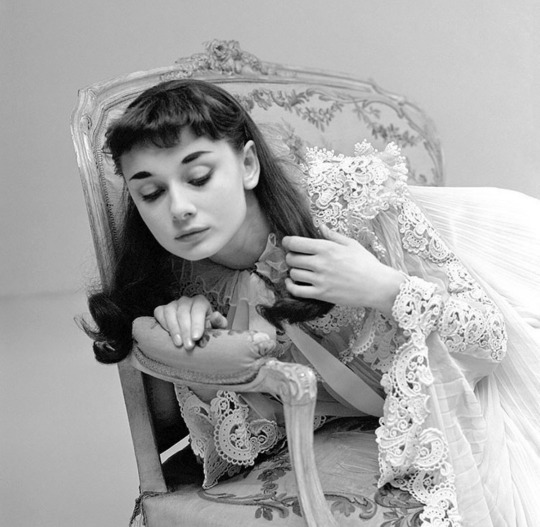
Audrey Hepburn in her costume for Gigi. Photographed for British Vogue, 1952
#audrey hepburn#old hollywood#actress#photography#black and white#audrey#inspiration#role model#movie#audreyhepburn#gigi#british vogue#vogue magazine#fashion
1K notes
·
View notes
Text

Jane Fonda photographed by Bill Ray, 1971. LIFE Magazine.
#life magazine#jane fonda#1970s#klute#new york#hanoi jane#i love jane fonda#70s icon#new hollywood#style icon#vintage style#70s style#anti war movement#cover of life magazine#1971
426 notes
·
View notes
Text


Cher for People Magazine by Douglas Kirkland in December 1974
#cher#people magazine#1974#celebrities#iconic#pop culture#hollywood#fashion#movies#music#70s#70s nostalgia#70s style#mid 70s#70s music#70s movies#70s fashion#70s icons#70s women#1970s#1970s tv#1970s music#1970s style#douglas kirkland#photoshoot#singer
390 notes
·
View notes
Text

Hollywood Magazine, November 1942.
#lana turner#1940s#hollywood magazine#old hollywood#old movies#old magazines#vintage interior#old hollywood glamour#1940s fashion#1940s style#40s fashion#vintage style#vintage bedroom#interior design
57 notes
·
View notes
Text
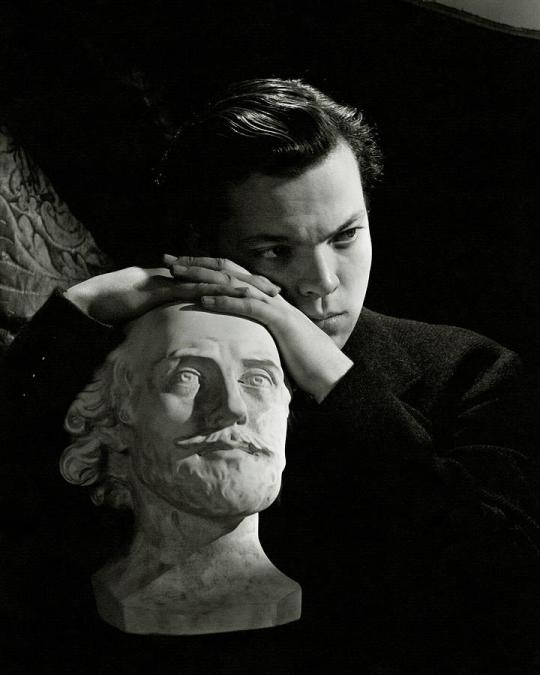
Orson Welles resting on a sculpture of Shakespeare.
Photographer: Cecil Beaton
Vanity Fair
#Orson Welles#photography#portrait#black and white#classic hollywood#Vanity Fair#magazine#editorial#Cecil Beaton#old hollywood
467 notes
·
View notes
Text

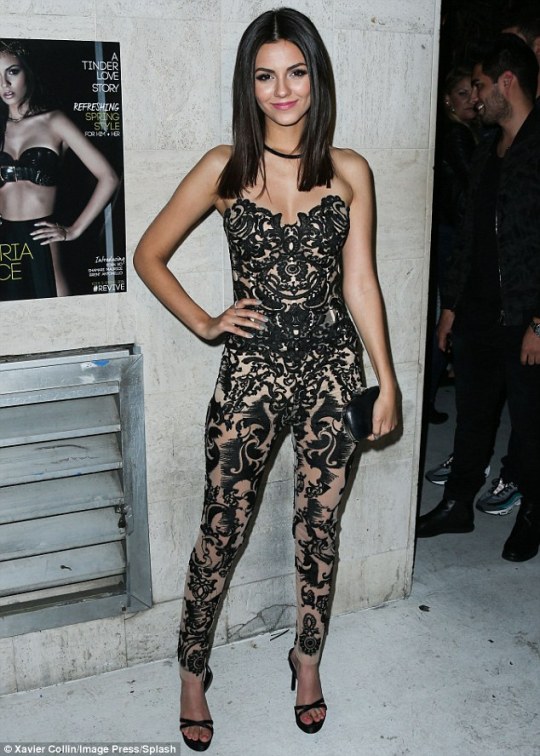


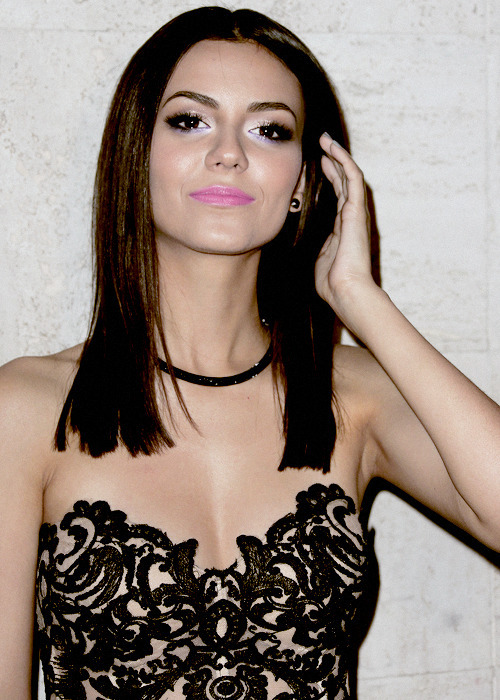
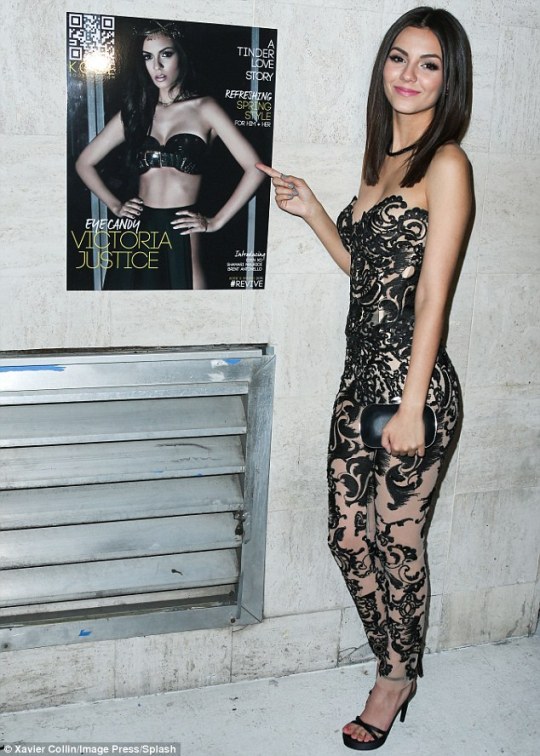



Victoria Justice arrives at the Kode Magazine Spring Issue Release Party at the Standard Hotel on March 12, 2015 in West Hollywood, California.
459 notes
·
View notes
Photo

Marilyn Monroe reading a script on a walk through Griffith Park
Edward Clark, Life, August 8, 1950
#marilyn monroe#reading#1950s#1950s fashion#old hollywood#vintage fashion#vintage#50s#hollywood#griffith park#los angeles#life magazine#unpublished#black and white#photography#photo edit
5K notes
·
View notes
Text

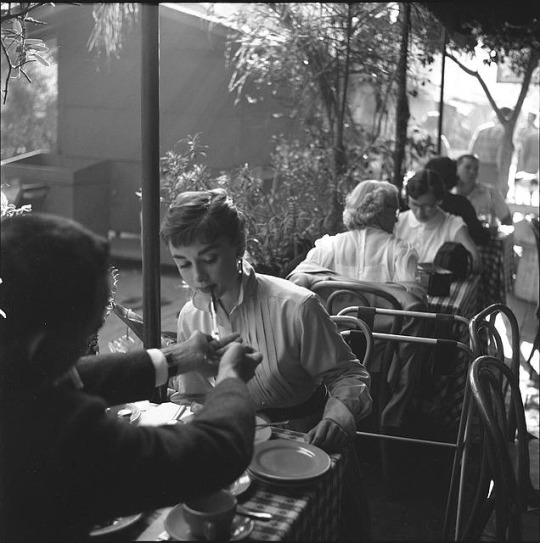
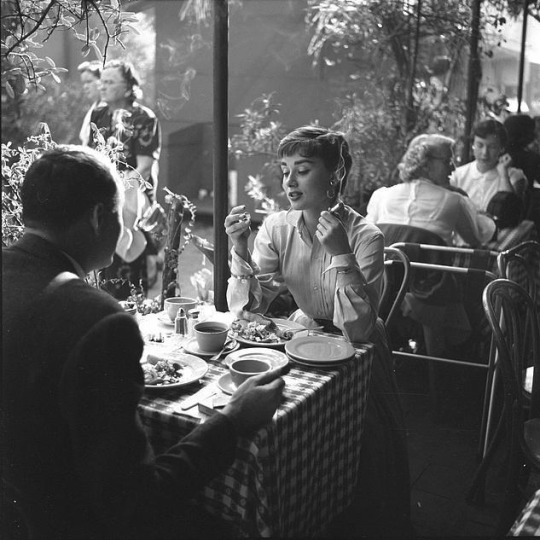
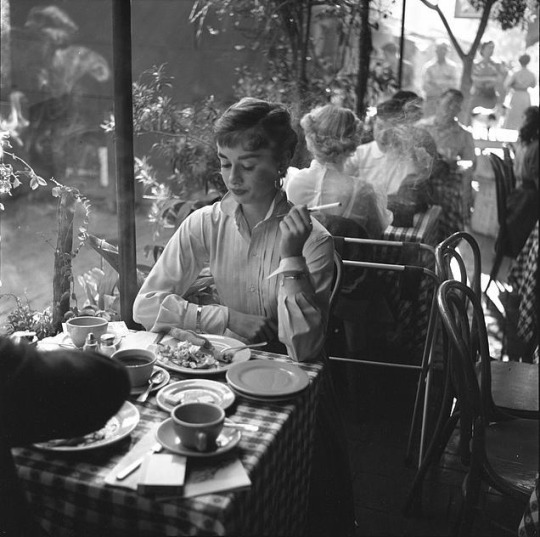
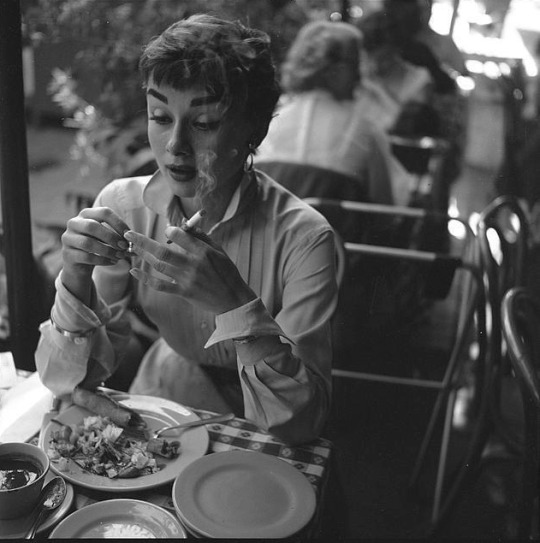

Audrey Hepburn in 1954 for LOOK Magazine's January issue
Photography by Earl Theisen
#audrey hepburn#old hollywood glamour#old hollywood#fashion#classic#vintage#photography#style#movies#old movies#1950s#1954#earl theisen#look magazine
385 notes
·
View notes
Text
Megan Thee Stallion attending the GQ Men of the Year party (2023)




324 notes
·
View notes
Text

Picture Play Magazine (1937)
#katharine hepburn#picture play#picture play magazine#old magazines#vintage#vintage magazine#old hollywood#old movies#old films#screwball comedy#1930s#1937
499 notes
·
View notes